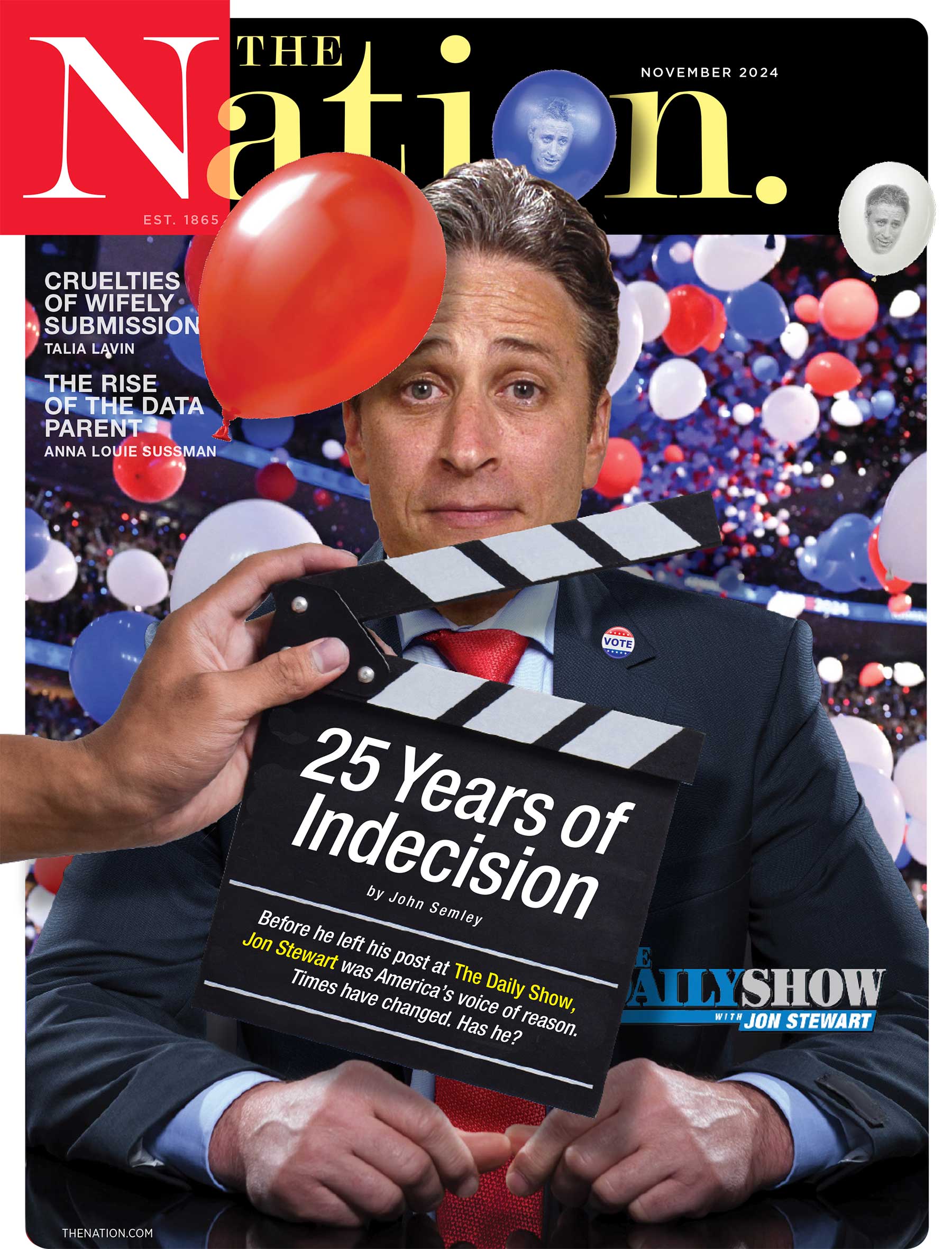The Aswan Dam was a crucial construction project for Egypt after the 1952 revolution. President Gamal Abdel Nasser was looking to elevate Egypt as the leader of a pan-Arab unity movement. The United States initially offered to fund the massive dam project, but eventually withdrew the offer, leading to Nasser’s attempted nationalization of the Suez Canal and the invasion by Great Britain, France and Israel. After the US and the USSR collaborated at the United Nations to force the occupiers to withdraw, the Soviet Union decided to fund the Aswan Dam. A call for international action to help protect archaeological relics in the vicinity of the Nile above the dam was answered by a campaign involving UNESCO, international donors and the Egyptian government. Many monuments were saved, though some were lost; an example of the former is the Temple of Dendur, on display since 1978 in the Sackler Wing of New York’s Metropolitan Museum of Art. The Nation published this editorial, “Saving the Past,” in its April 9, 1960, issue.
The world political unrest that was touched off by the decision to build the new Aswan dam on the Nile has overshadowed until very late in the day the realization of what this immense irrigation project threatens to one of the greatest art repositories on earth. The Nile from the Third Cataract in the Sudan to Aswan is lined by monuments unrivaled in beauty and historic importance. They are huge, impassive, enigmatic and awe-inspiring. As things now stand, they will disappear within four or five years under the flood waters and they will never be seen again.
Most, if not all, of them can be saved. Some can be moved, stone by stone, to new safe sites; some can be preserved by dykes and ramparts (many, of course, have not yet even been discovered; but much could be done in three or four years of intensive archaeological digging). All that is required is money—in this case an estimated $30 million….
The amount of money needed is not large if divided among some eighty-one nations; the time is short, but not too short if, let us say, one-tenth of the energy now being dedicated to moon shots were diverted to the rescue of the priceless relics of the Nile. Space adventure and the “peaceful” development of the atom are both problematical enterprises and both can await our convenience. Meanwhile, we know that we need the great witnesses to our spiritual past, and we know that those now guarding the banks of the Nile will not await our pleasure.
To mark The Nation’s 150th anniversary, every morning this year The Almanac will highlight something that happened that day in history—an event, a birth, a death—and how The Nation covered it. Get The Almanac every day (or every week) by signing up to the e-mail newsletter.


